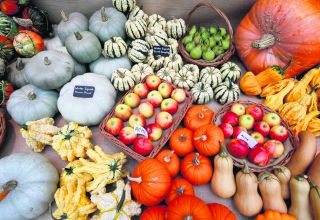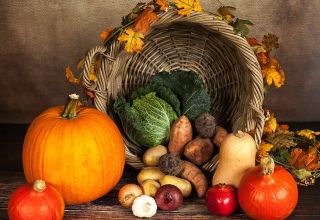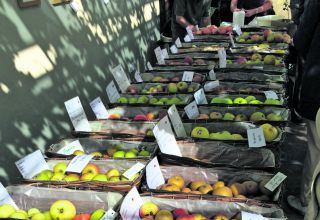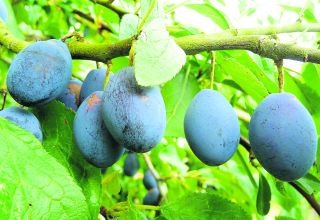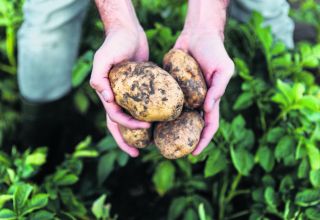Carrots may be one of the most traditional vegetables in the garden but there’s a new trend to be much more colourful when it comes to growing them
It is perhaps the most traditional you can get when it comes to growing vegetables in the garden and much loved. But there’s a new trend among carrot growers- and it’s all to do with being a lot more colourful.
Carrots are in fact immensely colourful, with plenty of varieties in alternative hues including white, yellow, red and purple. Served up together, perhaps grated into a salad, carrots can add a dazzling rainbow of tones that will please the eye as much as the tummy.
Curiously, orange carrots are a relatively recent phenomenon, bred by loyal subjects of the Dutch House of Orange in the 16th or 17th century. Yet the orange roots that are now so familiar also happen to be juicier and fuller flavoured than wild carrots, suggesting that breeding efforts may have had more to do with improving the once skinny taproot’s kitchen worthiness than sucking up to the latest monarch!
However the orange carrot came about, it is now so much of a staple that picturing the root vegetable in any other colour takes a leap of the imagination.
Different colours of carrot originate from different parts of the world. Each colour has its own history and particular health benefits for us as root-snaffling connoisseurs. Purple carrots, for example, hail from the Middle East and Turkey and are rich in anthocyanins which are known to guard against heart disease. Red carrots originate from China and India. Bursting with lycopene, these roots can reduce the risk of macular degeneration, so while they may not help you see in the dark they’re certainly good news for eye health.
Carrots that are yellow originate from the Middle East and are just as good for the eyes. They contain lutene and xanthophylls that minimise the risk of hardening of the arteries while potentially preventing lung and other cancers. The take-home message of all this is that coloured carrots are intensely good for you and by growing a mixture of varieties you’ll be increasing the odds of keeping yourself in exceptionally fine fettle.
Wild carrots have long taproots designed to seek out moisture far underground. This makes sense given the often dry parts of the world it’s found in. It is for this reason that carrots prefer to be sown into warm soil, making them ideal for sowing in succession every few weeks from spring well into summer. Carrots prefer light soil and a warm, sunny position. Avoid stony ground which will cause the roots to fork or take on all manner of weird and wonderful shapes.
Sow seeds into well-prepared soil that has been raked to a fine, crumbly texture. Thinly scatter the seeds into rows 20-30cm (8-12in) apart, setting them one inch deep.
Once the seedlings pop up remove weaker specimens by nipping them off between finger and thumb at ground level or by pulling them out on a still day (to avoid the smell attracting carrot fly). Thinning can be completed in stages until individual plants are at least 5cm (2in) apart.
It is worth digging around, so to speak, for the varieties of colourful carrots available. There are literally hundreds of different shades and shapes to try.
A real gardeners’ favourite is the shockingly deep-coloured ‘Purple Haze’ whose purple outer reveals a rich, orange core when cut open. Eat it raw to appreciate the immense flavour these chunky roots have to offer. Contrast ‘Purple Haze’ with the almost glow-in-the-dark ‘Yellowstone’, whose smooth-skinned roots are exceptionally sweet. Scarlet ‘Red Samurai’ from Japan hides a deep pink flesh, while ‘White Satin’ is a good option for its ghost-like roots. If you can’t find any of these varieties look out for others such as ‘Purple Dragon’, ‘Solar Yellow’, ‘Belgium White’ and ‘Atomic Red’ – the clue to the root colour lies in the name!
Do rainbow carrots taste different?
White or golden carrots are typically a yellow or cream colour. These vegetables have a mild flavour with hardly any of the earthiness that the other colours of carrots typically contain. They are also notably sweeter than orange, red, and purple carrots.
All varieties of carrots are extremely nutrient dense and a great addition to a healthy diet – they’re high in fibre and rich in potassium, vitamin C, and vitamin K. … Red carrots are rich in lycopene (as are tomatoes – it’s the phytonutrient that gives red fruits and veggies colour) and beta-carotene

